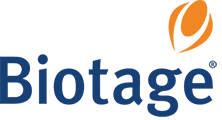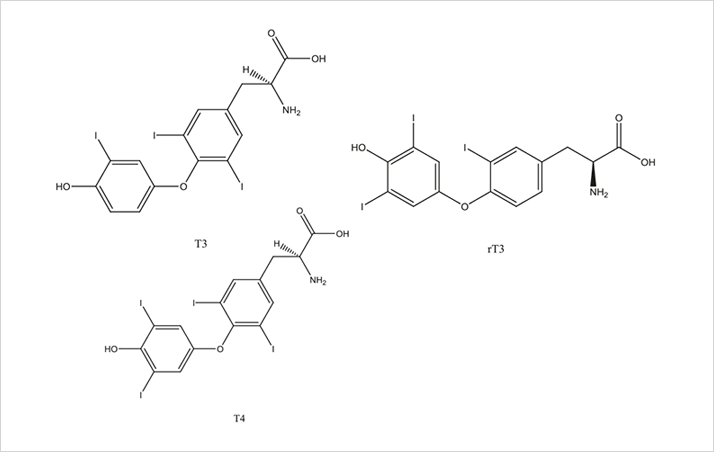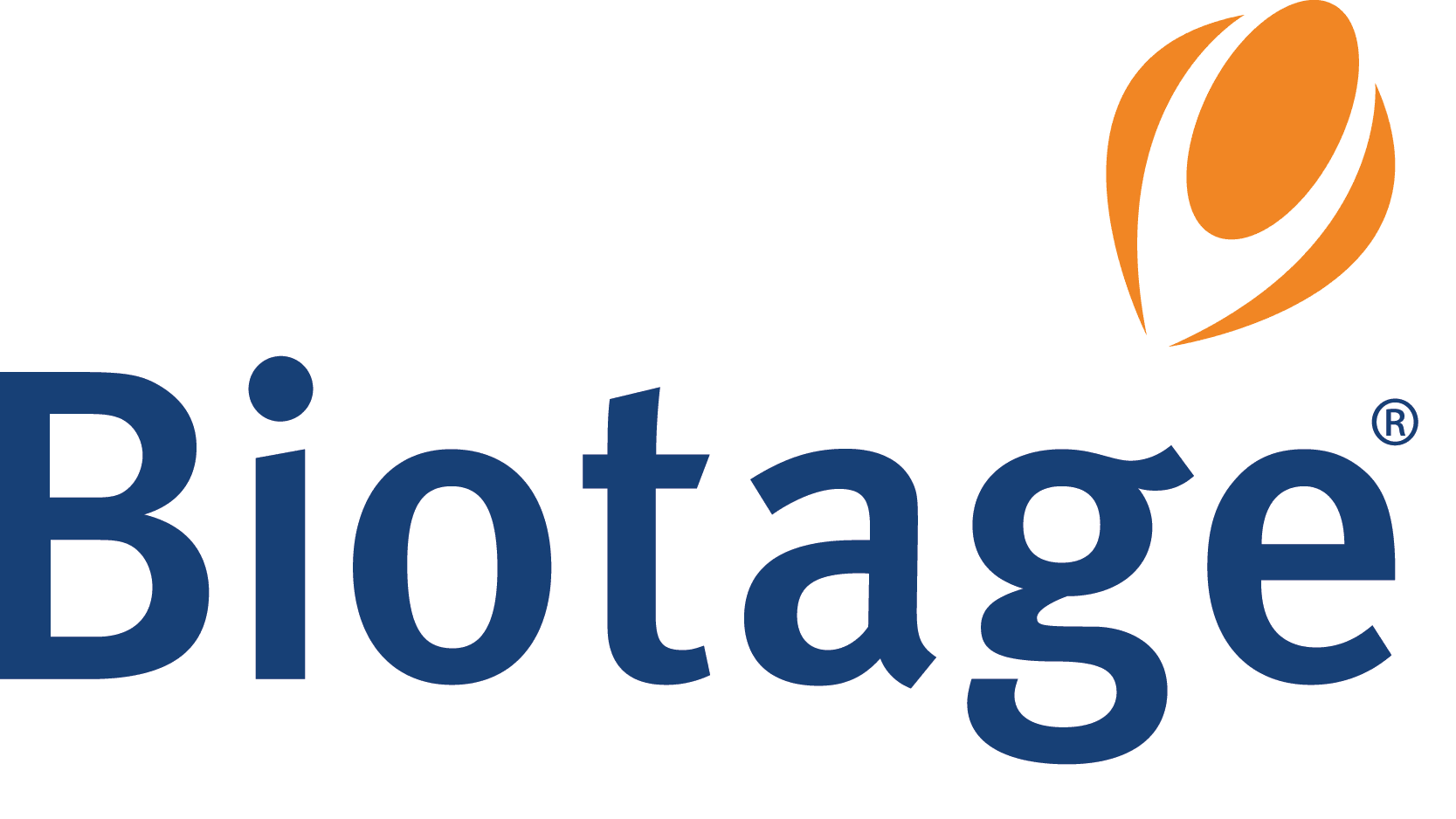Introduction
This application note describes a polymer based-based strong anion exchange mixed-mode SPE protocol for the extraction of T3, rT3 and T4 from serum prior to LC-MS/MS analysis.
The method described in this application note demonstrates selective extraction of the thyroid hormones T3, rT3 and T4 from serum. 500 μL of serum was extracted using the EVOLUTE EXPRESS AX 30mg fixed well plate format. High reproducible recoveries and extremely low phospholipid content were observed, demonstrating limits of quantitation of 50 pg/mL.

 Figure 1. Structures of T3, rT3 and T4
Figure 1. Structures of T3, rT3 and T4Analytes
Tri-iodothyronine (T3), reverse Tri-iodothyronine (rT3) and Thyroxine (T4).
Sample Preparation Procedure
Format: EVOLUTE® EXPRESS AX 30 mg Fixed Well Plate, part number 603-0030-PX01 Serum Pre-treatment: Take 500 μL of serum and spike with internal standard (10 μL of a 25 ng/mL solution). Add 500 μL of a mixture of 5% NH4OH (aq) and acetonitrile (MeCN) (50/50, (v/v)) and vortex mix thoroughly.
Solid Phase Extraction
Plate Conditioning: Condition each well with methanol (1 mL)
Plate Equilibration: Equilibrate each well with water (1 mL)
Sample Loading: Load pre-treated sample (1 mL) to the 96 well-plate
Wash 1: Elute interferences with 5% NH4OH (aq)/MeCN (50/50, (v/v), 1 mL)
Wash 2: Elute interferences with 5% NH4OH (aq) (1 mL)
Wash 3: Elute interferences with Methanol (1 mL)
Wash 4: Elute interferences with 2% formic acid in dichloromethane (1 mL)
Elution: Elute analytes with 5% formic acid in methanol (500 μL) into a collection plate containing 2 μL of ethylene glycol in each well
Post Elution: Evaporate at 40 °C in a stream of air or nitrogen using a SPE Dry.
Note: The use of ethylene glycol helps to minimize non-specific binding to the plastic collection plate by avoiding complete drying during the evaporation procedure. Reconstitution: Reconstitute in 50/50 (v/v) UPLC Mobile Phase A/B (100 μL)Instrument: Waters ACQUITY UPLC
Column: Phenomenex Kinetex C18 UHPLC column (1.7 μ, 100 x 2.1 mm id)
Mobile Phase: A: 2 mM ammonium acetate/0.1% formic acid (aq)
B: 2 mM ammonium acetate/0.1% formic acid/MeOH
Flow Rate: 0.3 mL/minCurve 11: Conditions in line initiated immediately once time passed. i.e.
50:50 resumed at 2.6 minutes
Curve 6: Linear GradientInjection Volume: 15 μL (partial loop with overfill)
Sample Temperature: 20 °C
Columns Temperature: 40 °C





